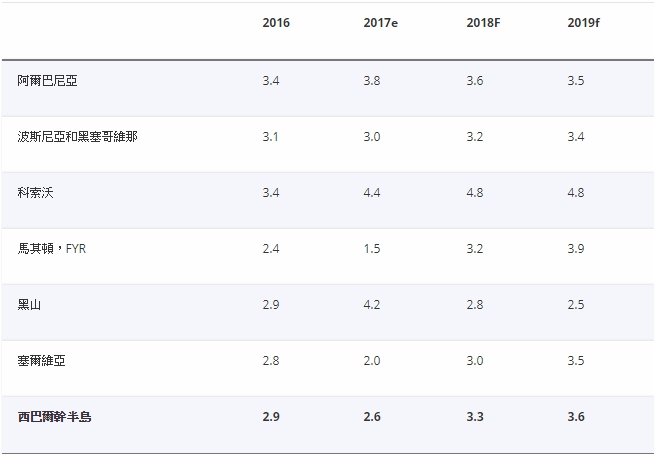Employment in Serbia Went Up, Despite Slower Growth, Says World Bank
Growth in Serbia, the largest economy in the Western Balkans, is expected to slow to 2 percent in 2017, following a severe winter that affected the agriculture and construction sectors. Despite a poor agricultural season and slowing growth generally, employment in the country went up by 4.3 percent. Nevertheless, unemployment remains high. Over the medium term higher consumption and investment and a recovery in agricultural production should drive growth in Serbia and help in creating new jobs.
According to the latest World Bank Western Balkans Regular Economic Report (WB RER), on November 16, launched in Pristina, Kosovo, countries in the Western Balkans are seeing an increase in jobs, as growth is picking up throughout the region. Regional growth is expected to reach 2.6 percent in 2017, resulting in the creation of 230,000 jobs through June 2017 – an increase of 3.8 percent over the previous year. Despite high unemployment in the six countries in the region, employment rates have returned to pre-2008 levels in Albania, Kosovo, the Former Yugoslav Republic (FYR) of Macedonia, Montenegro, and Serbia. More than half of the jobs created in the region were in the private sector.
The report forecasts the regional growth to accelerate to 3.3 percent in 2018 and 3.6 percent in 2019. Investment drove strong growth in Albania, Kosovo, and Montenegro, while consumption led to stable growth in Bosnia and Herzegovina. An earlier political crisis subdued growth in FYR Macedonia, as did a severely cold winter in Serbia.

“It is encouraging to see that, nearly a decade after the global financial crisis, employment has finally recovered to pre-crises levels in most of the region,” says Linda Van Gelder, World Bank Director for the Western Balkans. “It is now more vital than ever for countries in the Western Balkans to sustain reform momentum, to create opportunities and improve living standards for all citizens of the Western Balkans.”
Economic growth, coupled with job creation, also contributed to a decline in the region’s poverty rate. At 23.6 percent, the projected rate for 2017 is a full percentage point lower than a year ago – this implies that about 124,000 people escaped poverty this year.
While the economic growth outlook remains positive for countries in the Western Balkans, risks remain. Policy uncertainty or possible policy reversals could dampen investment and growth. According to the report, these risks can be mitigated by maintaining fiscal sustainability, while accelerating structural reforms such as strengthening public finances and improving the environment for investment and integration as well as by advancing the European Union (EU) accession agenda.
Source: World Bank
- 314 reads
Human Rights
Fostering a More Humane World: The 28th Eurasian Economic Summi

Conscience, Hope, and Action: Keys to Global Peace and Sustainability

Ringing FOWPAL’s Peace Bell for the World:Nobel Peace Prize Laureates’ Visions and Actions

Protecting the World’s Cultural Diversity for a Sustainable Future

Puppet Show I International Friendship Day 2020

